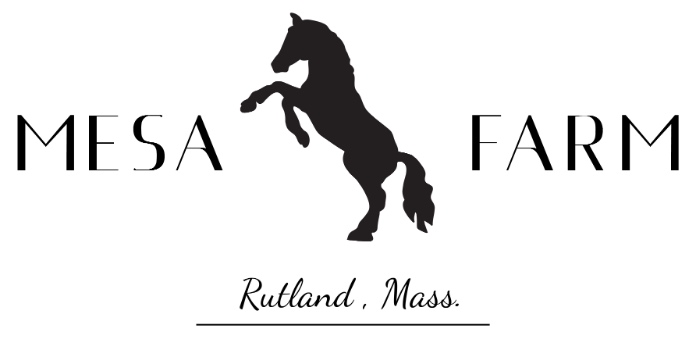The barn swallows are back! Or at least two of them are. These aerial specialists just returned from their annual migration vacation in Central and South America to their home breeding grounds. I heard the familiar chattering song Wednesday evening while I was doing chores. It was a chilly day and later, when I did the evening barn and animal check, I saw them huddled together sharing one of the dozen or so nests that have been in the outbarn for as long as I can remember. People sometimes say these early birds, usually the males, are the scouts, perhaps looking for the best place to nest. Or maybe they are just the fastest flyers. Their mates and others will join them soon.
I heard and saw them again yesterday, and that night they were in separate nests. I didn’t see or hear them at all today but with the cold and rain we’ve been having I wondered if they maybe decided to take a quick trip back south a couple hundred miles or so where there would be food and warmth. But tonight there they were again, each sitting in their respective nest, their aerodynamic bodies uncharacteristically puffed out like ripe peaches in the cool evening. I like this time of spring before the insects have made much of an appearance, but for these two little birds I hope there are some bugs out tomorrow.
Barn swallows survive almost exclusively on insects. They eat, and even drink while flying and will swoop down low over water to grab a quick sip or catch a hovering bug. They primarily eat flies and other insects but not mosquitos, as swallows don’t feed at dusk when the mosquitos are more active. They build their nests out of mud and grass, ofen in open buildings, attaching them to walls and beams. A pair will generally raise two broods of young and by fall their will be dozens congregating together on the power lines.
They work together, with the females doing most of the incubation. Both males and females feed the young and even juvenile from the first hatch will help feed their younger siblings in the second. Swallows will congregate socially on the power lines and seem to chatter approvingly as they watch each other take turns gracefully darting and swooping around the barnyard. In spite of a high mortality rate, they appear to live their short little lives in joyful and reckless abandon.
If swallows were people they’d be “Type A” among us. The mountain climbers and emergency room workers of society. They’d make good X games participants where they’d dominate the dive-bomb a cat competition. We should try to learn to live a little more like the swallows. And not just by spending winters in the warm Southern Hemisphere. We could all probably gain from modeling their daring spirit and daunting zest for life… while temporarily socially distancing, of course.
An early arriving barn swallow on a nest built a previous year.

